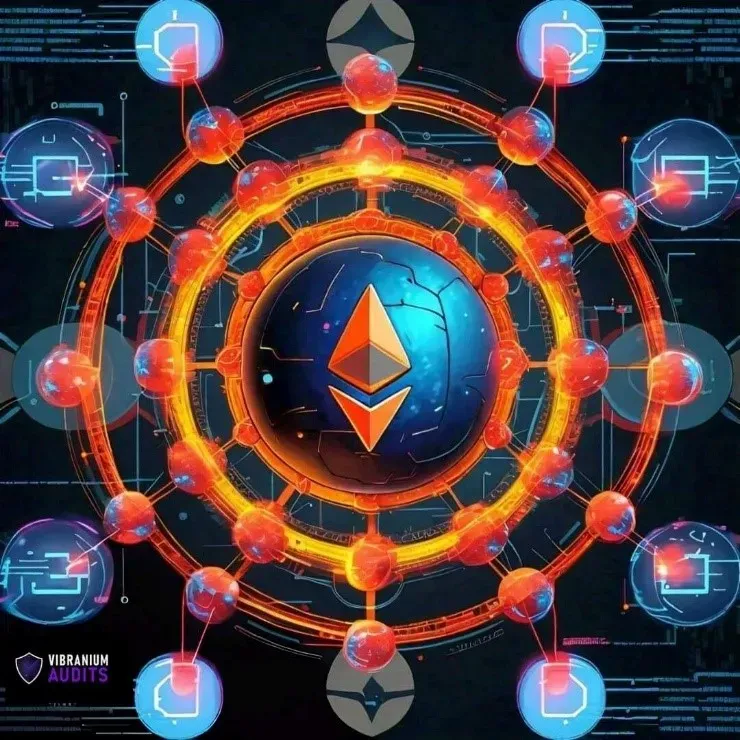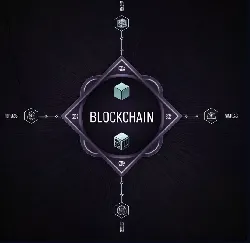DoS with Block Gas Limit in Ethereum Smart Contracts: A Hidden Risk

When developing smart contracts on Ethereum, it's easy to overlook the gas mechanics that govern execution. But one subtle mistake can leave your contract completely unusable. That’s the danger behind the Denial of Service (DoS) vulnerability caused by exceeding the block gas limit,a threat that, if left unchecked, can render key functions non-callable and lock critical assets forever.
What Is the Block Gas Limit?
On the Ethereum network, each block has a maximum gas limit,a cap on the total amount of computation (measured in gas units) that all transactions in the block can consume. If a single transaction or function requires more gas than the block allows, it won’t be included in the block at all. It’s not reverted, it simply doesn’t get mined.
This limit ensures the network stays performant, but it also introduces a serious design constraint for smart contracts,especially those that rely on loops or growing data structures.
How Does the Vulnerability Happen?
Here’s where it gets risky: if a contract has a function that loops through a dynamic array or processes an ever-growing list of inputs, that function's gas consumption can increase over time. If this growth goes unchecked, the function may eventually require more gas than the block gas limit allows.
A Realistic Example:
Imagine a contract storing all past user contributions in an array. If a cleanup function loops through this array to recalculate balances or distribute rewards, the loop will take longer as more users interact with the contract. Eventually, it could cost too much gas to run.
At that point, any call to that function fails to execute, because no block will accept a transaction that exceeds the gas cap. The function becomes effectively bricked,it cannot be used anymore.
Impact of DoS via Block Gas Limit
The consequences of this issue can be severe:
-
Critical contract functionality breaks: Functions become non-executable.
-
Funds can be locked: If tokens or Ether rely on the affected function for withdrawal or distribution, they could be stuck permanently.
-
Attackers can weaponize it: If anonymous users are allowed to grow data structures or increase loop lengths, a malicious actor could intentionally inflate gas requirements and force the function into a DoS state.
This creates a dangerous form of logic paralysis,the contract’s functionality still exists in code, but practically speaking, it’s unusable.
How to Prevent DoS via Block Gas Limit
If your contract design involves arrays, mappings, or lists that could grow indefinitely, plan accordingly. Here are some strategies to mitigate the risk:
1. Avoid Unbounded Loops
Stay away from loops that iterate over an entire data structure of unknown or growing size,especially if the structure can be influenced by users.
2. Break Logic into Chunks
For operations that require processing large datasets, split the task into multiple transactions. This is known as "incremental execution" or "chunked processing." For example, update 10 records per transaction instead of all at once.
3. Set Size Limits
Put a cap on how large your arrays or lists can grow. Enforce a max length or periodically clean up unused elements to keep gas consumption in check.
4. Use Pull Over Push Patterns
In fund distribution or reward claims, avoid pushing tokens to users in one big loop. Instead, let users pull their rewards individually via a function that only impacts their address.
5. Monitor Gas Consumption Over Time
Even in testing, functions may seem affordable at launch. But always simulate long-term use and monitor how gas cost scales with added users, records, or complexity.
Pro Tip: Test with Realistic Scenarios
Many contracts fail not because of flaws in logic, but because developers underestimate the data growth. Use testing tools like Hardhat or Foundry to simulate thousands of interactions and evaluate how gas usage scales over time.
With AuditLensPlus, you can uncover vulnerabilities in your smart contracts quickly and cost-effectively, empowering you to take the right steps toward more secure and robust code.
Final Thoughts
The DoS With Block Gas Limit vulnerability isn’t as flashy as reentrancy attacks or integer overflows,but it’s just as dangerous. It doesn’t drain funds overnight; it quietly disables your smart contract as data accumulates.
By designing with scalability and gas consumption in mind, you can ensure your contract continues to function,safely, efficiently, and indefinitely.
Our Solution:
Sources:







